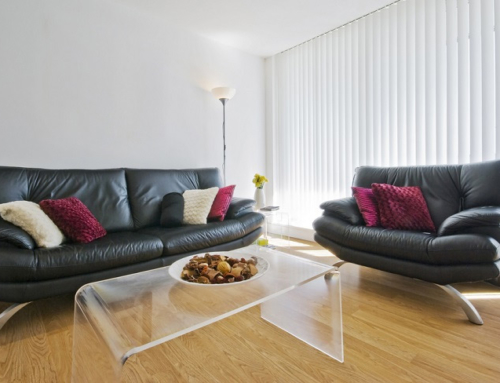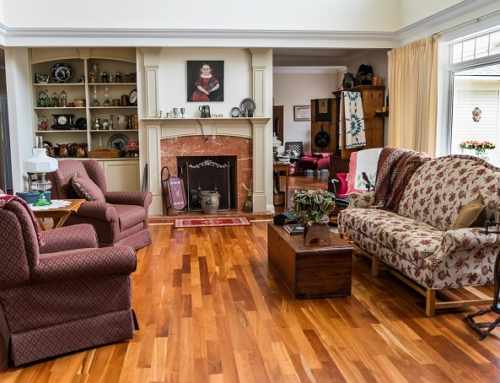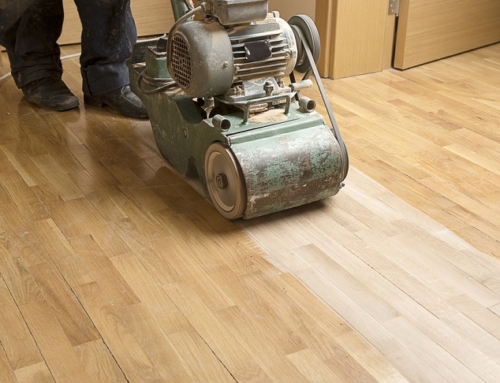
From letting in gorgeous sunlight to allowing us to see the surrounding views, windows provide your home with essential access to the outside world. In order to highlight these vital focal points of our homes, it’s important to add color, fabrics, shades and other treatments to frame your perspective and help the windows stand out. But don’t just take our word for it: here’s some advice from three interior designers on the dos and don’ts of windows and window treatments, to inspire your next project with Creative Wallcoverings!
Blanche Garcia: Choose Fabrics Wisely
Garcia notes in Howcast the importance in choosing the correct type of fabric to surround each window in your home. For example, if you have a room that gets pretty chilly in the winter, you might want a window treatment that not only looks great, but also functions as a barrier against cold drafts and energy loss. In this case, Garcia advises choosing materials like heavy cotton, velvet or nubby fabrics that add warmth to the room both literally and figuratively. Long drapes tend to work best with these heavy materials, since the weight of the material restricts most of its movement.
If you are looking for a lighter and more airy look in a room—and perhaps the windows are newer and provide better insulation—then Garcia suggests window treatments made from faux silk. Although real silk is beautiful, it can stain easily and can be tricky to wash. And think about it- the real luxury of silk is how it feels against your skin, so why pay more for the real thing when you most likely don’t often wrap yourself in and enjoy the tactile experience of your window curtains? (Unless you do, in which case, go for it!)
No matter what type of fabric works best for each room, pay attention to the size of the window treatment and how it will impact a room. For example, long drapes will help to make a ceiling look higher. However, in the kitchen, it’s probably best to keep them at or above the window sill so food and drinks are less likely to splash or fall on them. In an already cramped room, long, heavy window treatments can make it feel even more claustrophobic.
Doug Davis: Consider Casements
Davis, an interior designer from Tracery Interiors, notes that the types of windows can reflect a mood or feeling in the home. In addition to tying in with the home’s overall architecture, windows add a touch of style that can complement the room.
For homeowners who are looking for a modern and contemporary look, they should consider upgrading the windows in at least a few rooms to the casement variety. These open from the side with a crank and allow a fresh breeze to come into the home. As Davis told HGTV Remodels, casements can be accented with grilles to give them a softer look and to provide a minimalist type of window covering.
Another option is to use a sheer fabric that moves easily when the window is opened. You also can try swing-arm curtain rods to give it a great look.
Paul Ippolito: Clean and Streamlined
Ippolito, a senior design consultant with Metropolitan, advises NJ Monthly that when it comes to window treatments, simple options with neat and clean lines are all the rage. Instead of the fussy damask patterned drapes our grandmas might have had in their homes, Ippolito prefers a back-to-basics approach. He uses straight panel drapes on either side of the windows with mini-blinds added to help with privacy. For the fabrics themselves, Ippolito recommends natural options like cottons and linens instead of synthetic textiles.
It’s what we’ve been saying all along: you don’t need to settle for boring windows and generic curtains anymore! A creative window treatment creates a frame for a positive perspective on the world- in more ways than one.




